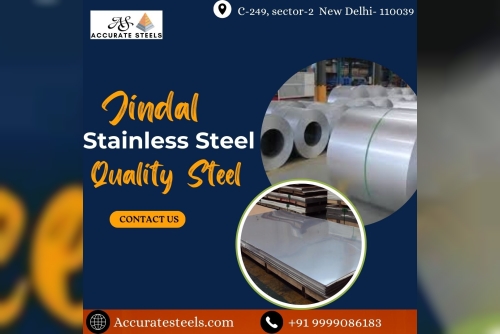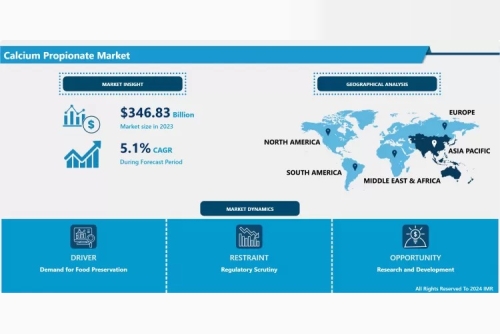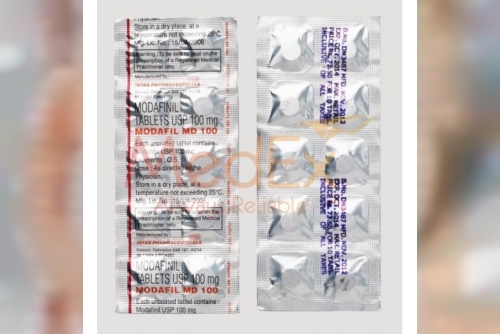Stainless Steel Sheets
Stainless steel sheets are essential in various industries and businesses. They are known for their durability, strength, and aesthetic appeal. Among the most common types are SS 304 and SS 316, which offer unique benefits for different applications. However, several other grades of stainless steel play crucial roles across diverse sectors.
Key Takeaways
Over 1,000 stainless steel sheet products are on IndiaMART, including categories like 304 SS Sheet, Mirror Finish Stainless Steel Sheet, and Stainless Steel Colored Sheet.
Various steel grades are available, such as SS304L, SS441, SS410, SS304, SS309, and SS310, with prices ranging from ₹160 to ₹501 per kilogram.
Stainless steel sheet thicknesses typically range from 0-1 mm to over 5 mm, with options like 1-2 mm, 2-3 mm, 3-4 mm, and 4-5 mm available.
Top suppliers such as Manifold Pipe Solution Inc., Skyland Metal & Alloys Inc., and Sanghvi Metal Corporation offer an extensive selection of stainless steel sheets.
Buyers can choose from size, gauge, and surface finish customisation options.
Introduction to Stainless Steel Sheets
Stainless steel is primarily made of iron and contains at least 10.5% chromium, which gives it its rust resistance. This chromium forms a protective layer on the steel surface, preventing corrosion and making the material highly durable.
Properties of Stainless Steel
The exceptional qualities of stainless steel sheets—such as their corrosion resistance, strength, and appearance—make them indispensable. For example, SS 304 and SS 316 are used in different environments. However, other grades serve specific purposes in various industries.
SS 410 is firm and durable, commonly used in cutting tools and surgical instruments.
SS 430 offers excellent corrosion resistance and is easily shaped, making it ideal for building construction and automotive parts.
SS 409, known for its affordability and ease of welding, is widely used in car exhaust systems.
SS 441 handles high temperatures and corrosion well, making it suitable for heat systems and exchangers.
Duplex stainless steels, such as 2205 and 2507, provide both strength and corrosion resistance, perfect for marine and chemical industry components.
Applications of Stainless Steel Sheets
The versatility of stainless steel sheets allows them to be used in a wide range of applications, including:
Food Processing: Used for cleaning containers, conveyor belts, and cooking equipment.
Construction: Applied in building materials for their strength and aesthetic appeal in walls and roofing.
Automotive, Marine, and Aerospace: Incorporated into exhaust systems, design elements, and structural components.
Chemical Industry: Preferred for their resistance to harsh chemicals in processing equipment.
Medical Industry: Used in surgical tools and equipment for their hygiene and
anti-corrosion properties.
Popular Stainless Steel Grades
While SS 304 and SS 316 are common, many other stainless steel grades serve various industries:
SS 410, 430, 409, and 441: These types offer specific properties, such as improved corrosion resistance or enhanced durability. They are essential in industries like food processing, construction, and automotive manufacturing.
SS J3, J4, and 204Cu: These grades are often selected for specific features like machinability or thermal conductivity, providing solutions tailored to unique project needs.
Manufacturing Processes of Stainless Steel Sheets
Stainless steel sheets are manufactured through several processes, starting with hot-rolling molten steel into thin sheets. The steel can take on different shapes and finishes during this process, with the "2B" finish being the most common.
Cold Rolling: Unlike hot rolling, cold rolling involves forming the steel at room temperature. This process results in thinner and smoother sheets, which are commonly used in kitchen appliances and architectural applications.
Surface Treatments: After rolling, stainless steel sheets undergo treatments like pickling and passivation, which remove surface impurities and enhance the protective chromium oxide layer. Other treatments include brushing, polishing, coating, and embossing, depending on the desired finish and functional requirements.
Types of Stainless Steel Sheets
The stainless steel sheet market offers more than just SS 304 and SS 316. It includes several other types:
Mirror Finish Sheets: These are highly polished for an elegant, reflective look. They are ideal for high-end architectural and interior design projects.
Perforated Sheets: Punched with patterns and shapes, these sheets provide both aesthetic and practical benefits, commonly used in facades, ventilation systems, and security screens.
Checkered Sheets: Featuring a raised pattern for slip resistance, checkered stainless steel sheets are frequently used on industrial floors, docks, and staircases.
Coloured Sheets: Modern technology allows for stainless steel sheets to be produced in various colours, such as gold, black, and rose gold. These are often selected for luxury designs and projects requiring high sophistication.
Factors to Consider When Buying Stainless Steel Sheets
When purchasing stainless steel sheets, several key factors must be considered to ensure the best fit for a project:
Grade Selection: Beyond SS 304 and SS 316, grades like SS 410, SS 430, SS 409, and SS 441 offer unique properties, including machinability and corrosion resistance.
Thickness and Dimensions: Stainless steel sheets come in a range of thicknesses, from 0.5 mm to over 6 mm. The right choice depends on the specific application.
Surface Finish: Options like mirror, embossed, or perforated finishes affect the sheets' appearance and performance.
Pricing and Availability: The price of stainless steel sheets varies according to grade, thickness, and finish. For instance, SS 316 tends to be more expensive than SS 304. Additionally, it’s important to ensure that the material is readily available for timely project completion.
Conclusion
Stainless steel sheets are highly valued for their strength, versatility, and resistance to corrosion. While SS 304 and SS 316 are the most widely used, many other grades, such as SS 410, SS 430, and duplex types, offer distinct advantages for specific applications. By understanding these grades, businesses and professionals can select the right stainless steel sheet for their needs. Whether for industrial, architectural, or decorative use, stainless steel sheets remain a top choice for projects requiring long-lasting, durable materials.












